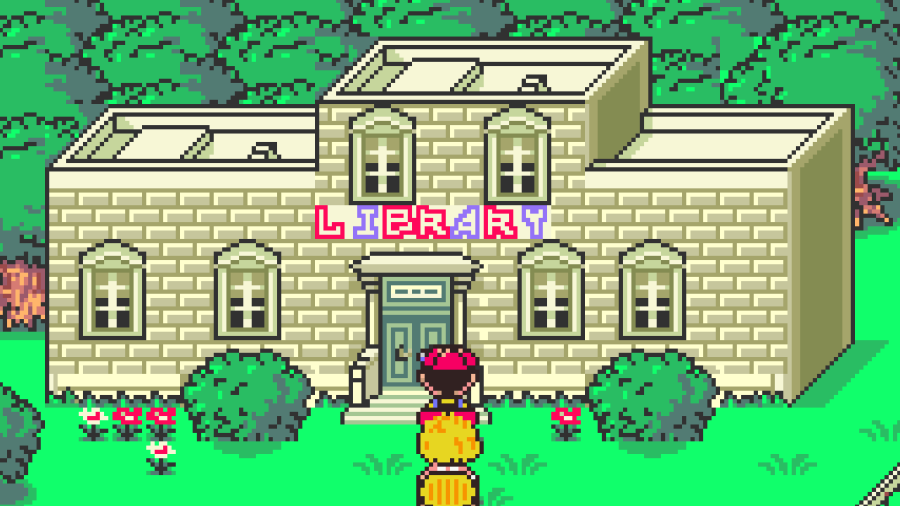They gave me a stack of papers today. Worksheets students are and are not to write on, schedules adjusted for the assembly, post-its, paper-clips, to carry around like an albatross. But at first when I showed up there was nothing, and for once it looked like I might have to come up with something to do. It’s Friday, they’re seniors, and so just inviting them to read or do work for another class if they might have it, I would wait for the inevitable questions that arise if kids are bored, or read myself in the hum of their talk amongst themselves. If they are willing to ask or answer a question or two, the conversation is open for the whole class, though one or the other may pick it up or drop it for awhile, their curiosity may grow or wane, or I may get sick of the teasing.But forasmuch as we’d both stand to gain leveling with one another, the lesson plans came through, plentifully, and they got to do their quiz instead. The Great Gatsby, probably the most avidly beautiful of American novels, broken down into nine questions on chapters 7-9, each to be answered in a sentence or two.
Tempted to say that it’s pointless to ask these kinds of comprehension questions—not just the written work, hundreds of pages for a teacher to grade, but even to check for understanding on that level at all—since if they understand it, they’re ready to ask questions of their own or give opinions much more interesting than this level of analysis; and if they don’t understand it, they either weren’t reading carefully or weren’t ready to read this book. Tempted to say, if they’re ready to read it, they’re able to enjoy it, and wouldn’t need assignments like this at all, but to be challenged to articulate what is beautiful in it, what is sad, or tragic, or symbolic, or what they identify with, or what no longer rings true. Tempted to suspect, alas, that giving assignments like these renders unimportant the enjoyment of reading the novel, and encourages students to look up the sparknotes before class and never open the book. But hey, handing out the quiz was a whole lot easier than having to try to talk to the students about me or them or their school or next year.
Then about that assembly—miraculously the class knew where to sit, and everybody got quiet for the opening act, average-looking young people in t-shirts banging on trash cans and cavorting around, clapping on cue, then more videos and music from the speakers in between speakers in red #7 jerseys. They never explained why the number 7, though the chord progressions and subtext were Christian-lite, the speakers looked and sounded southern, and the statistics for people admitting cheating on the test and not thinking about suicide were both 7/10. They outlined 6 chapters including bullying, tolerance, dreams and substance-abuse, and the message boiled down to being yourself and treating others as you’d want to be treated. A former bully testified, a black man made jokes against racism, and there was a poignant story of an alcoholic father and a suicidal friend.
Whether this can take the place of thought and reflection in building up one’ s better nature, I don’t know, but a majority of kids seemed to be giving it all the benefit of the doubt. The representatives of the sponsoring organization, Students Against Destructive Decisions—aka SADD—made some timid remarks before the show—having fun without bad choices, something like that. And SADD comes out of the even more acronym-tastic MADD, standing for, at least originally, Mothers Against Drunk Driving. But that’s all so emotional and misguided, if drinking and driving are symptomatic of underlying issues, contradictions in our nature or society or both, and if just saying no means it’s already too late. If instead of providing that life-affirming alternative way to be oneself, one spends the morning preaching against stupidity, and the rest of the schoolday curling up back into it.



No comments:
Post a Comment